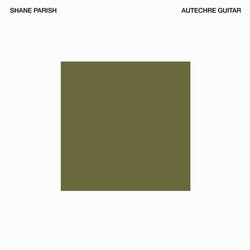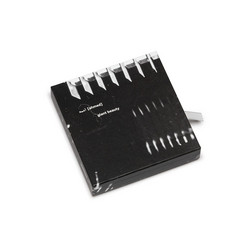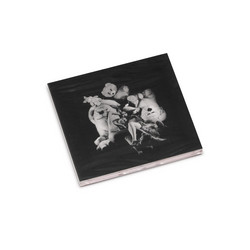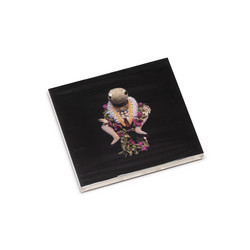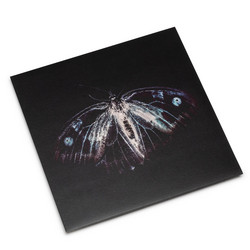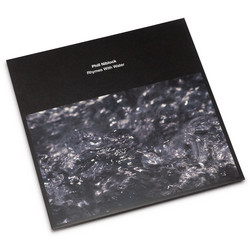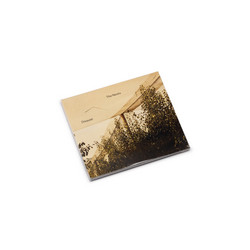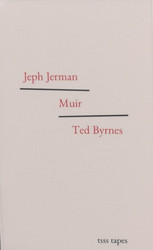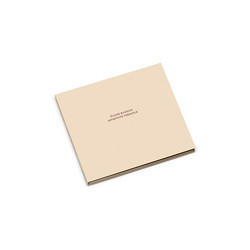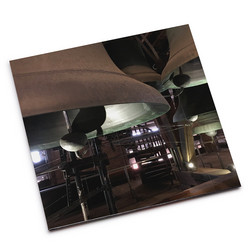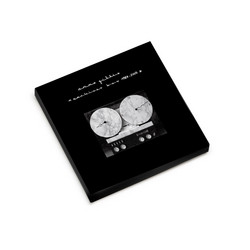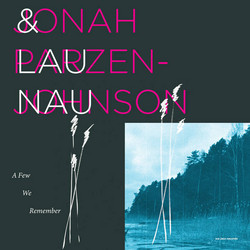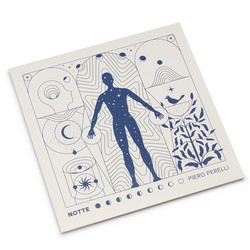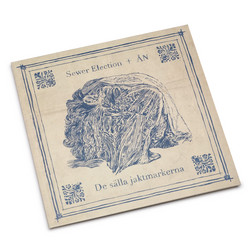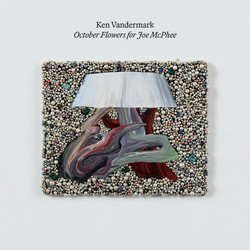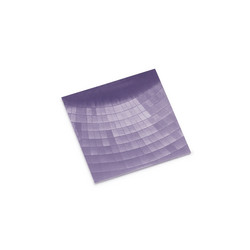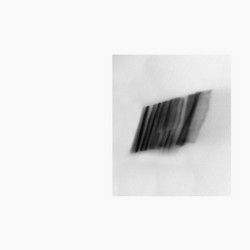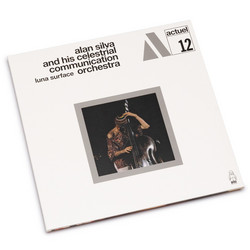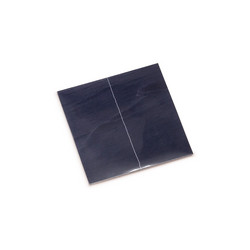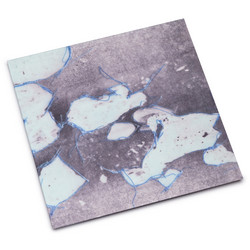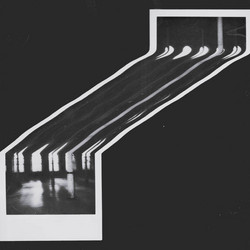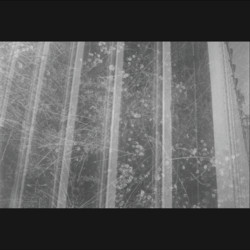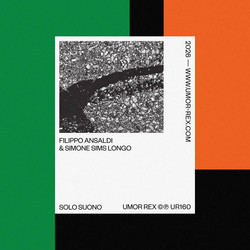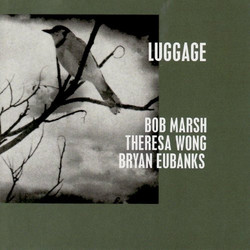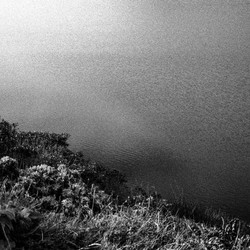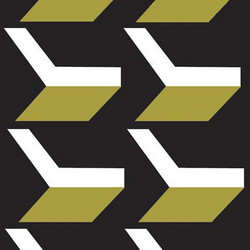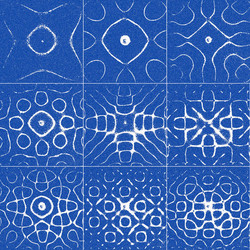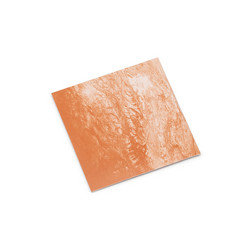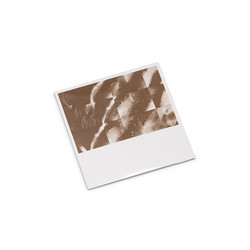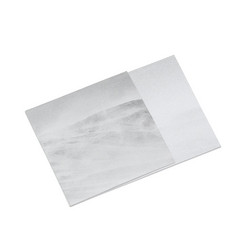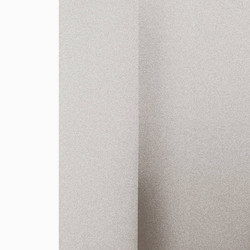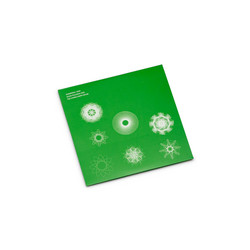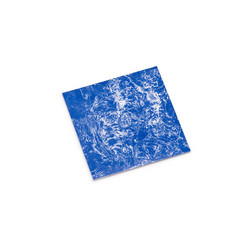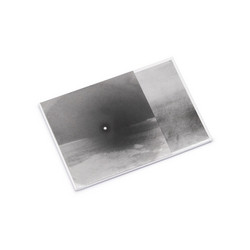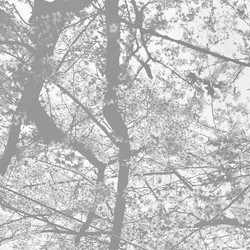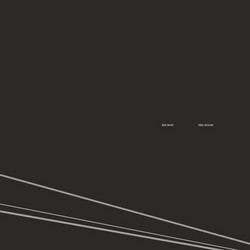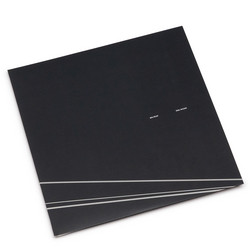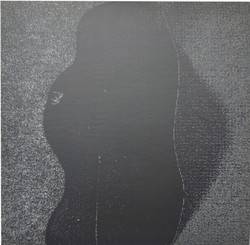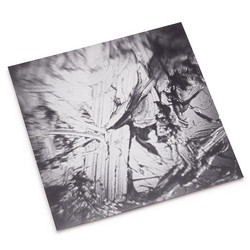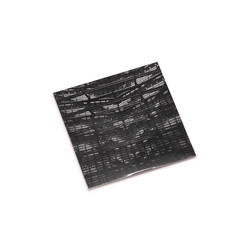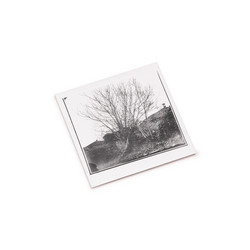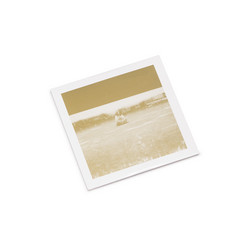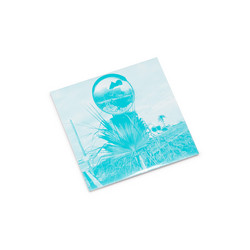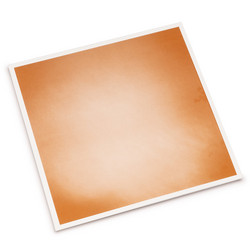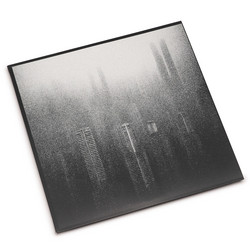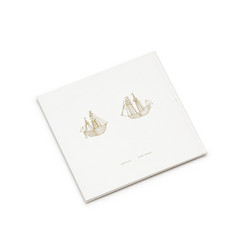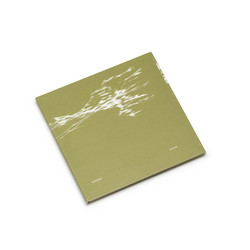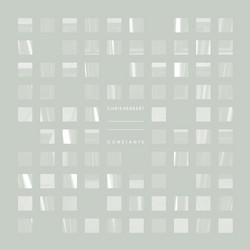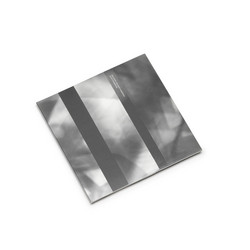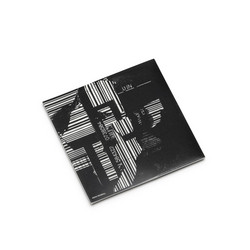1
2
The inspiration for these pieces comes from the Chinese folklore of Guanyin, a deity whose name translates to ‘the one who perceives all the sounds, or cries, of the world’. Also known as Guanshiyin 觀世音, she is the embodiment of infinite compassion. I grew up knowing of Guanyin as a female deity, but recently discovered that she had transformed through the centuries from the male Hindu bodhisattva, Avalokiteśvara. I instantly found an affinity for this gender-fluid figure, who was said to have attained enlightenment through meditation on sound.
These pieces offer an imaginary story of a humble seafarer (Guanyin is a popular matron saint of fisherfolk), who returns from the tumult of the sea one evening at dusk. They journey into a seaside cave in a cliff nearby to find solace in prayer to Guanyin. Deep within the chambers of this glistening cave, an encounter with the mystical deity brings comfort and healing while the churning of life outside persists.
Perhaps it was out of a premonition that I created these pieces, which became one of the few things I could listen to during an intensely challenging year of my life. All the music is played on solo and multi-tracked acoustic cello. Many pieces are created around the repetition of simple phrases, like a sonic mantra repeated to focus and ease the mind. The cello is tuned down to a fundamental of A=216 Hertz, and the harmonies are composed in just intonation, a tuning system based on the natural overtones of resonating frequencies. In tracks 5 and 7, the lower strings are detuned extremely to a precise tension, creating a drone that contains both noise and specific overtones. In this manner of playing, I often have the feeling of ‘splitting the sound open’ into a composite of rhythm, harmony, melody and noise through playing beating frequencies, fingered overtones, implicit melodies emerging out of undulating harmonics, and the pure growl of the slackened string.
I hope the listener will find rest and repose in this music, amidst the ever-compounding churning of our present world. My deepest thanks to Lawrence English, Janet Oh, the Asian Art Museum of San Francisco, and the Emily Harvey Foundation for supporting this work.
These pieces offer an imaginary story of a humble seafarer (Guanyin is a popular matron saint of fisherfolk), who returns from the tumult of the sea one evening at dusk. They journey into a seaside cave in a cliff nearby to find solace in prayer to Guanyin. Deep within the chambers of this glistening cave, an encounter with the mystical deity brings comfort and healing while the churning of life outside persists.
Perhaps it was out of a premonition that I created these pieces, which became one of the few things I could listen to during an intensely challenging year of my life. All the music is played on solo and multi-tracked acoustic cello. Many pieces are created around the repetition of simple phrases, like a sonic mantra repeated to focus and ease the mind. The cello is tuned down to a fundamental of A=216 Hertz, and the harmonies are composed in just intonation, a tuning system based on the natural overtones of resonating frequencies. In tracks 5 and 7, the lower strings are detuned extremely to a precise tension, creating a drone that contains both noise and specific overtones. In this manner of playing, I often have the feeling of ‘splitting the sound open’ into a composite of rhythm, harmony, melody and noise through playing beating frequencies, fingered overtones, implicit melodies emerging out of undulating harmonics, and the pure growl of the slackened string.
I hope the listener will find rest and repose in this music, amidst the ever-compounding churning of our present world. My deepest thanks to Lawrence English, Janet Oh, the Asian Art Museum of San Francisco, and the Emily Harvey Foundation for supporting this work.
Details
